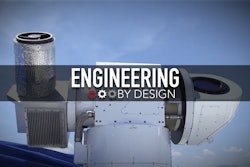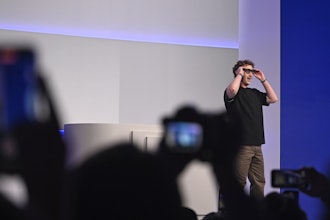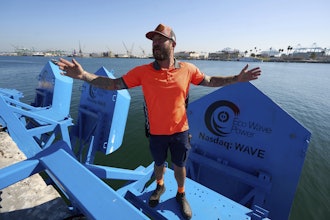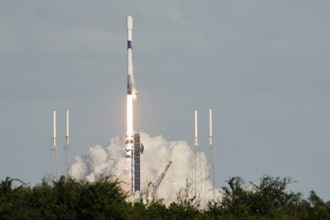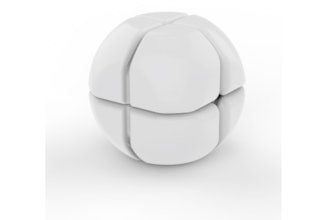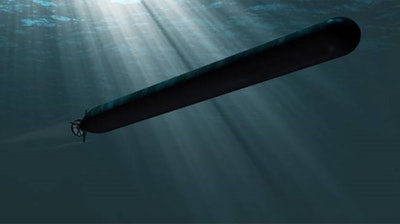
Lockheed Martin will support the growth of the U.S. Navy’s family of unmanned undersea systems under a design phase contract valued at $43.2 million for Orca, the U.S. Navy’s Extra Large Unmanned Undersea Vehicle (XLUUV).
XLUUV Orca is a two phase competition, including the currently awarded design phase and a competitive production phase for up to nine vehicles to meet increasing demands for undersea operational awareness and payload delivery.
This long-range autonomous vehicle will perform a variety of missions, enabled by a reconfigurable payload bay. Key attributes include extended vehicle range, autonomy, and persistence.
Orca will transit to an area of operation; loiter with the ability to periodically establish communications, deploy payloads, and transit home. A critical benefit of Orca is that Navy personnel launch, recover, operate, and communicate with the vehicle from a home base and are never placed in harm’s way.
Lockheed Martin has over four decades of experience in unmanned and robotic systems for sea, air and land.
Lockheed Martin employees in Palm Beach, Florida, will perform the work on Orca, with additional support from employees at the company’s locations in Manassas, Virginia, Syracuse, New York, and Owego, New York.





